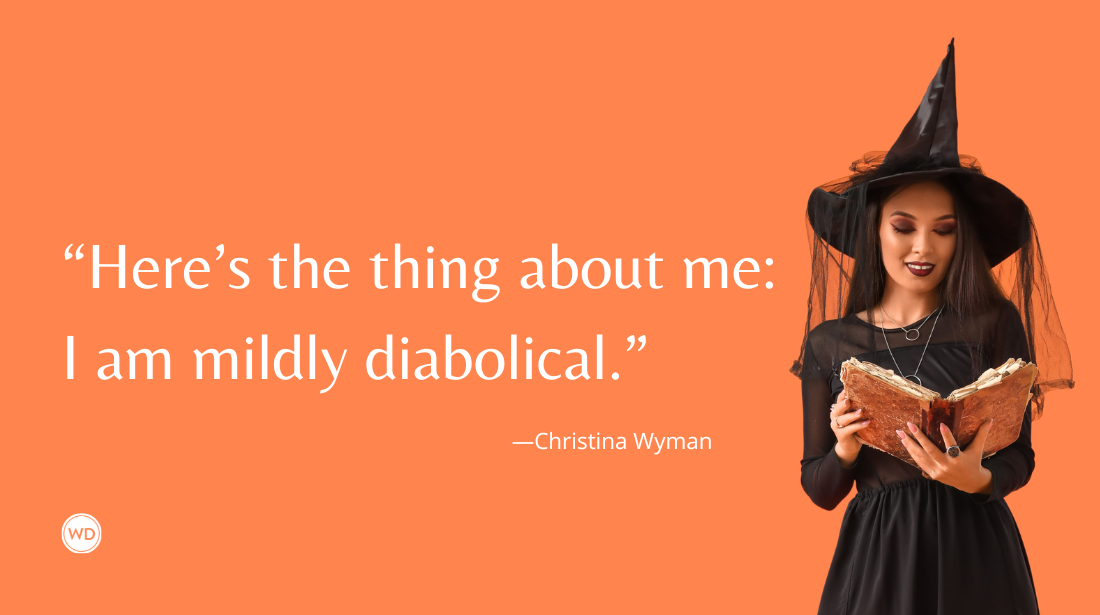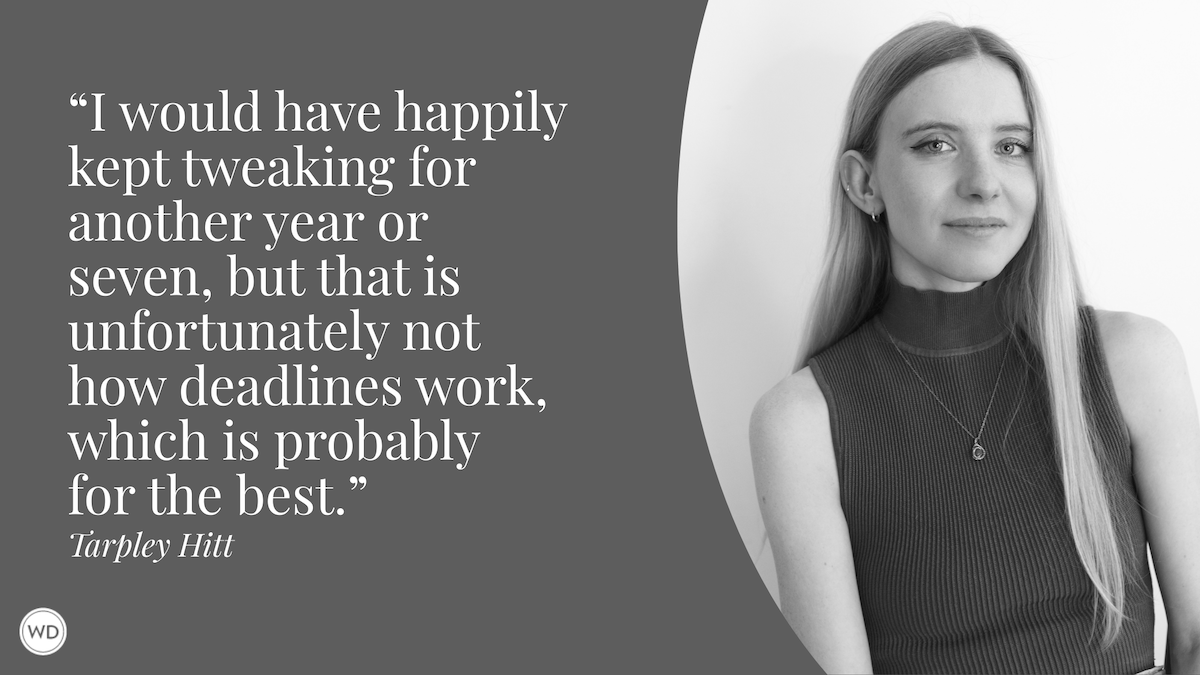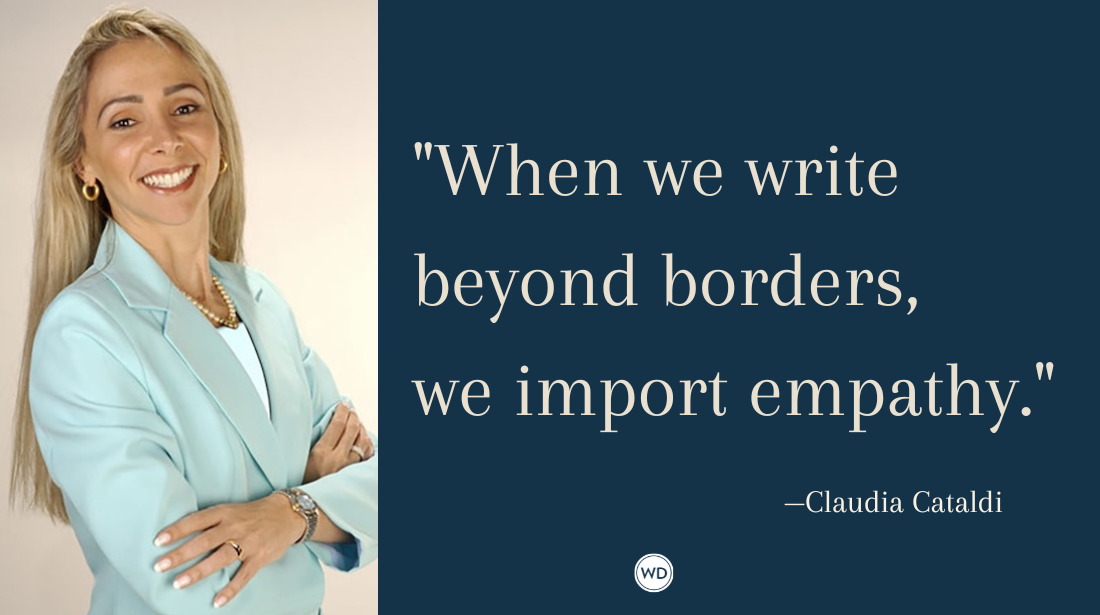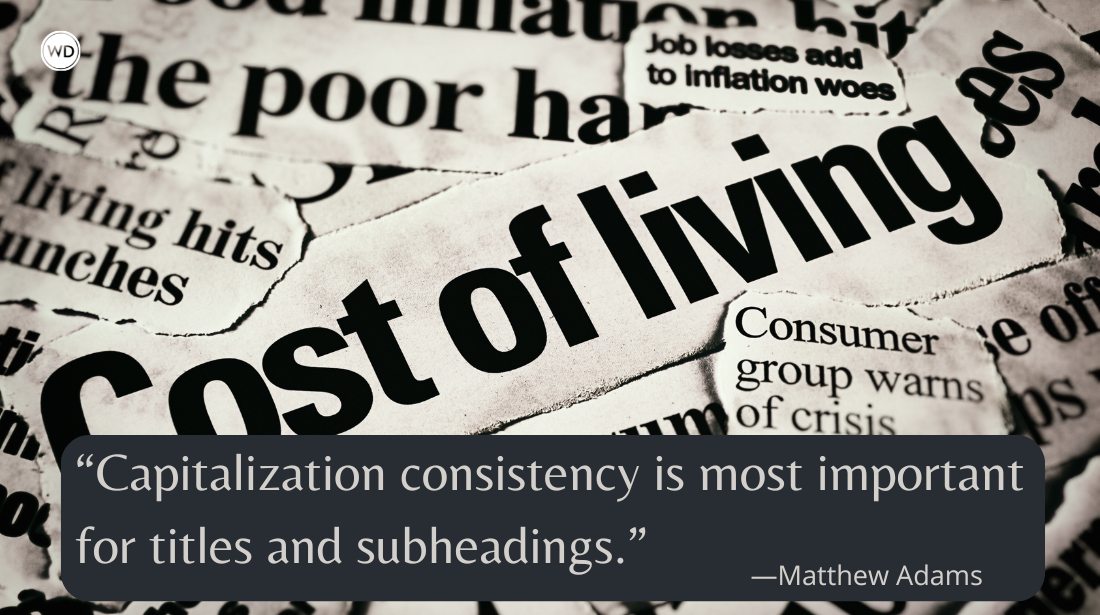On Obsession as Creative Practice
Author Bitter Kalli discusses the power of leaning into obsessions to create and how their obsession was found in horses.
I can’t pinpoint exactly when I began writing my essay collection Mounted: On Horses, Blackness, and Liberation. Maybe it was during the sticky summer days in high school when I would watch every equestrian event at the Olympics, perched on my family’s futon in front of a rotating fan. Maybe it was during the hours I spent reading interviews with famous riders and watching a reality show about teenage equestrians. Maybe it was a few years before that, when I started building my collection of model horses, posing them so they looked like a herd galloping off the edge of my shelf, eternally suspended at a threshold.
Maybe it was a few years after that, during my repeated conversations with college friends about my experiences on the equestrian team. Maybe it was my senior year of college, when I took a course called Writing the Athletic Body with the writer Anelise Chen, and wrote about horses and race for every assignment. When I try to identify an origin story for my book, I realize that there is no linear timeline but simply a series of spiraling and overlapping moments of obsession.
Mounted is about the shared entanglements between Black people and horses, exploring interspecies connection through the stories of cowboys, dancehall artists, pop singers, protestors, fugitive slaves, visual artists, and pony book characters. In 12 essays, it spans several hundred years of history and various forms of media from children’s literature to film and textile art. The book arose from my own experiences as a Black equestrian and horse lover, who began riding horses as a child at a local stable in Brooklyn, New York.
Throughout my life, I have kept returning to horses. Whether through riding or archival research or art, I have found myself unable to let go of the complex significance of horses and their histories. So much of my writing is inspired by the things I can’t stop talking about, the themes and questions that I am pulled back to when I am least expecting it, the feeling of being given a spiritual assignment that I cannot be finished with until it is finished with me.
My writing process is informed by the storytelling forms of those who refuse the neat and the linear, by oral practices that revel in the juiciness of a story unfolding, then folding back on itself. Obsession takes up space and time, defying the tyranny of the clean, intelligible narrative. I have been taught by those who are people of repetition and excess: queers, immigrant mothers, the various sidewalk scholars and self-appointed preachers of Brooklyn. My writing has been shaped by the groupchat, the two-hour phone call, the grocery store reportback, the pamphlet manifesto, the updates about people I have never met. The same sentiment repeated 10 different ways, each time with a new wisdom and cadence.
As Hanif Abdurraqib has written, “I’m not all that interested in repetition or return as a vehicle for correction, or to make things ‘right’…I get obsessive about my returns because there are places…where I know for certain that I have left behind a sweetness, and I am interested in seeing how it has grown in my absence.”
There is a sweetness in so many of my early interactions with horses: the silver horse pendant dangling from a suede necklace, the cowboy boots I wore to my first riding lesson, the curiosity with which I approached my relationships with the school ponies at the stable. Even as this sweetness became complicated by knowledge about the role of horses in policing and colonial economies, I still reached for stories of the layered intimacies and forms of resistance practiced by Black people who rode and cared for horses. I return to horses because I know that I must, because I know there are parts of myself I have left lingering on bridles in dusty saddle rooms and tucked between the pages of Saddle Club books and stored in digital folders full of 19th-century images of Black people and the horses they loved, and I want to see what has transpired in my absence.
My creative practice of obsession is one that lives in the body, informed by aesthetic lineages of the African diaspora. As James Snead wrote in the essay “On Repetition in Black Culture,” “In black culture, the thing (the ritual, the dance, the beat) is ‘there for you to pick up when you come back to get it.’…it continually cuts back to the start, in the musical meaning of ‘cut’ as a…willed return to a prior series.”
Snead is referring to sonic and literary traditions such as the repetition displayed in jazz music and African-American folklore. However, I would also describe this as a philosophy, one that emphasizes the unfolding and layering of memories and experiences over time. It’s a practice where each return is an opportunity to elaborate on an argument, listen to something from a different angle, or check in on the sweetness you left behind.
To obsess is to refuse enforced forgetting, to allow yourself to be moved by what haunts you, to sit in the mess of what has been rather than rushing forward in the name of progress. Many of my essays are woven together from months’ and sometimes years’ worth of phone notes, screenshots, quotes, are.na tiles, found images, and links. I have learned to allow my obsessions their rightful time and to trust in this stubborn and sticky recursiveness, this inherited commitment to memory-keeping, knowing that the things I simply can’t let go of will teach me something about the stories I must tell.
Check out Bitter Kalli's Mounted: On Horses, Blackness, and Liberation here:
(WD uses affiliate links)









